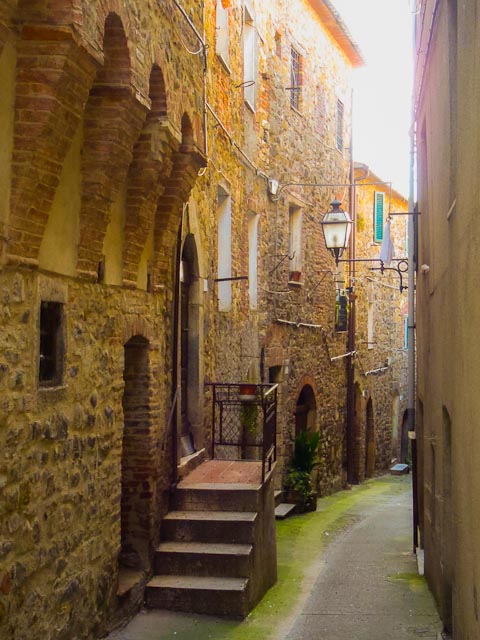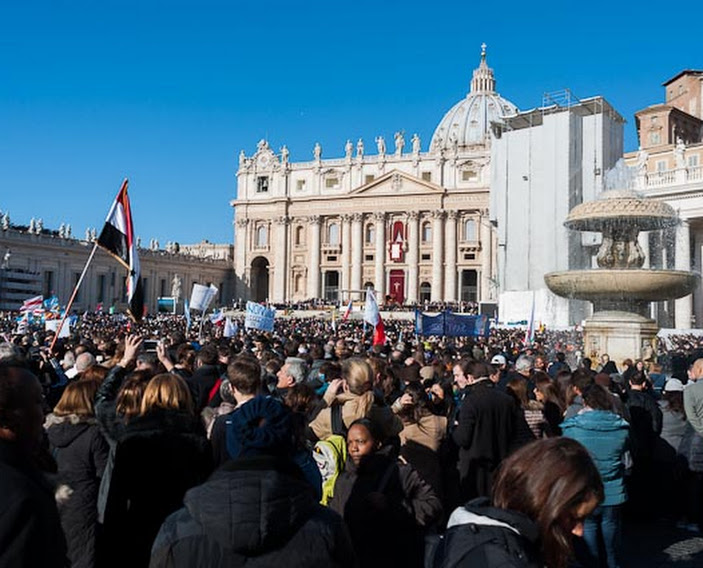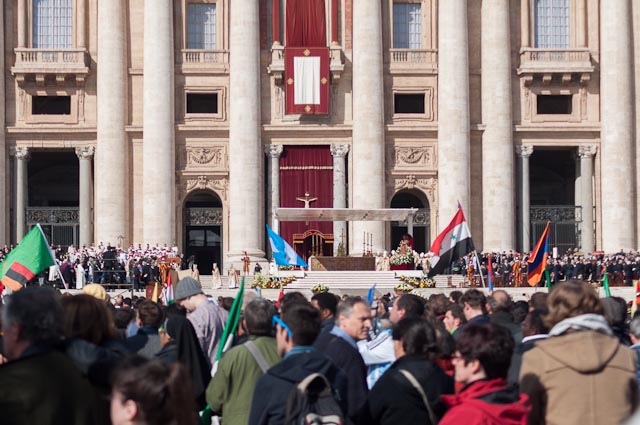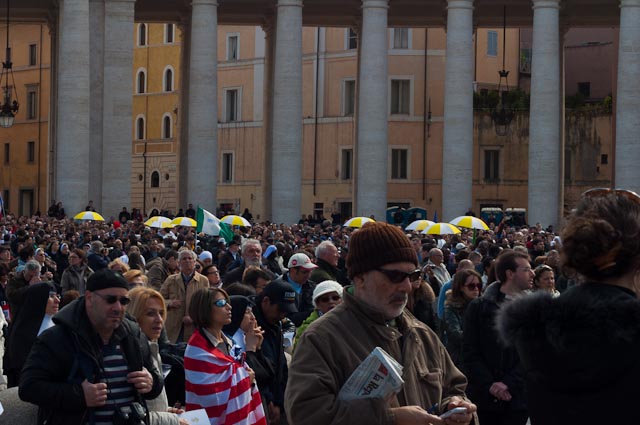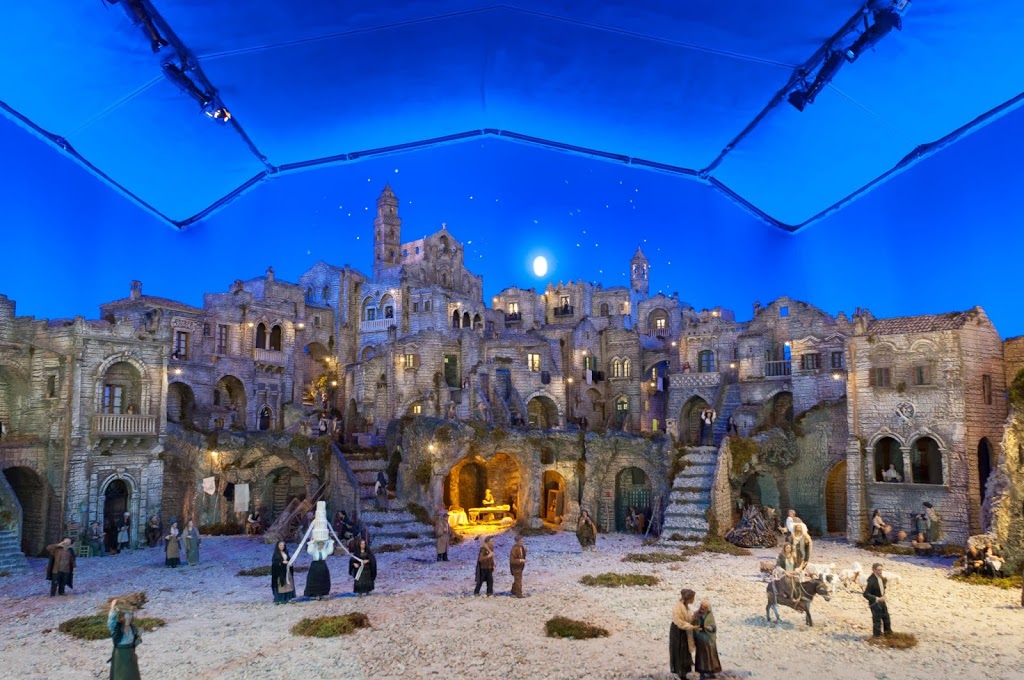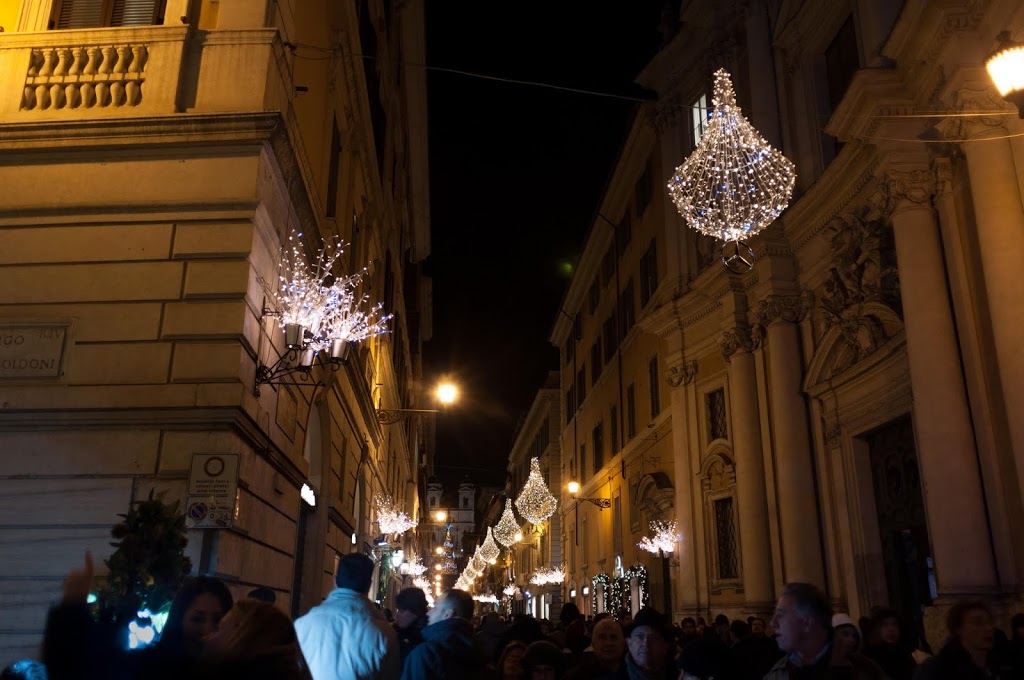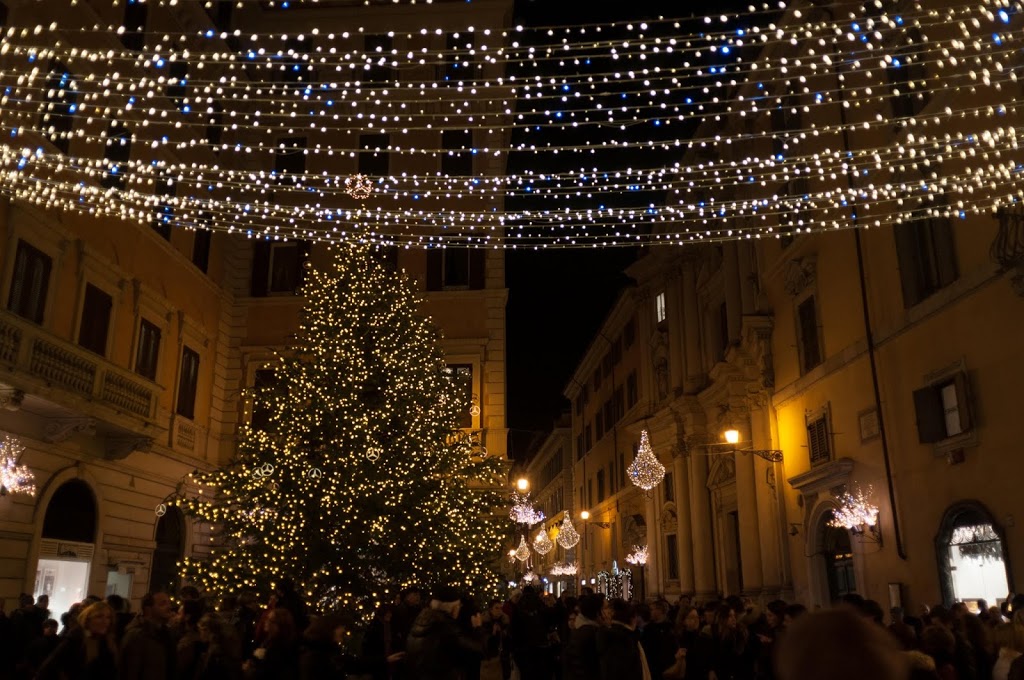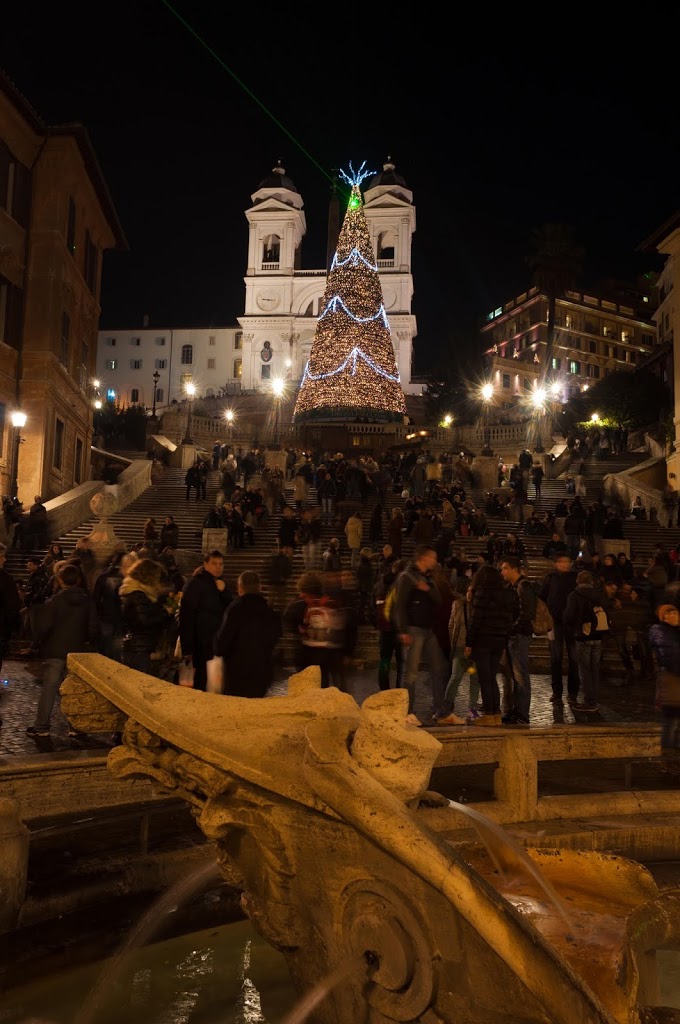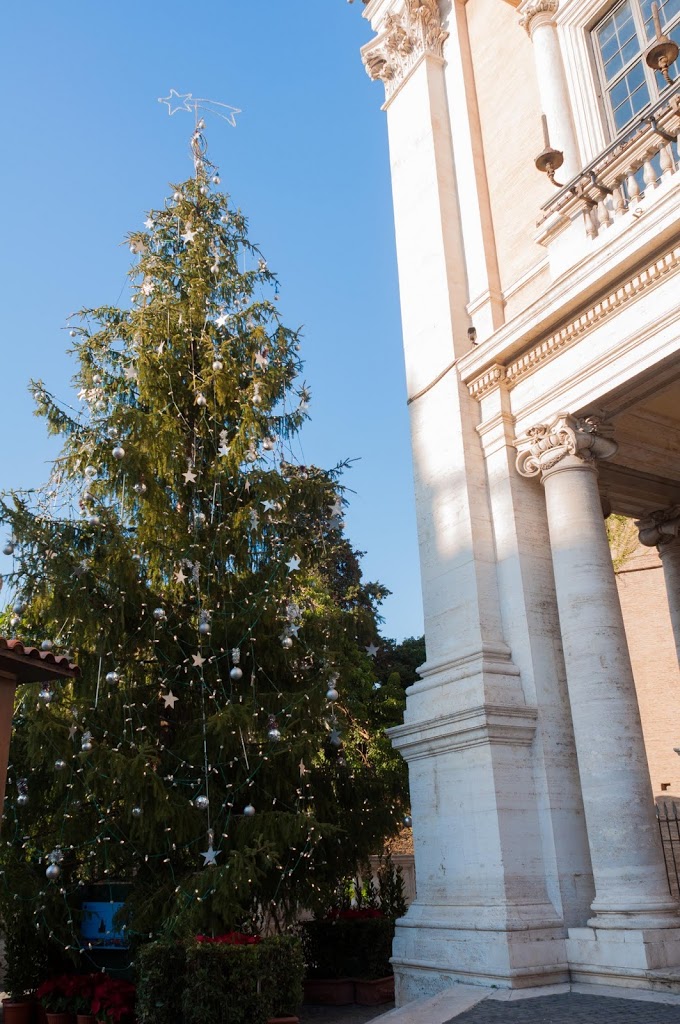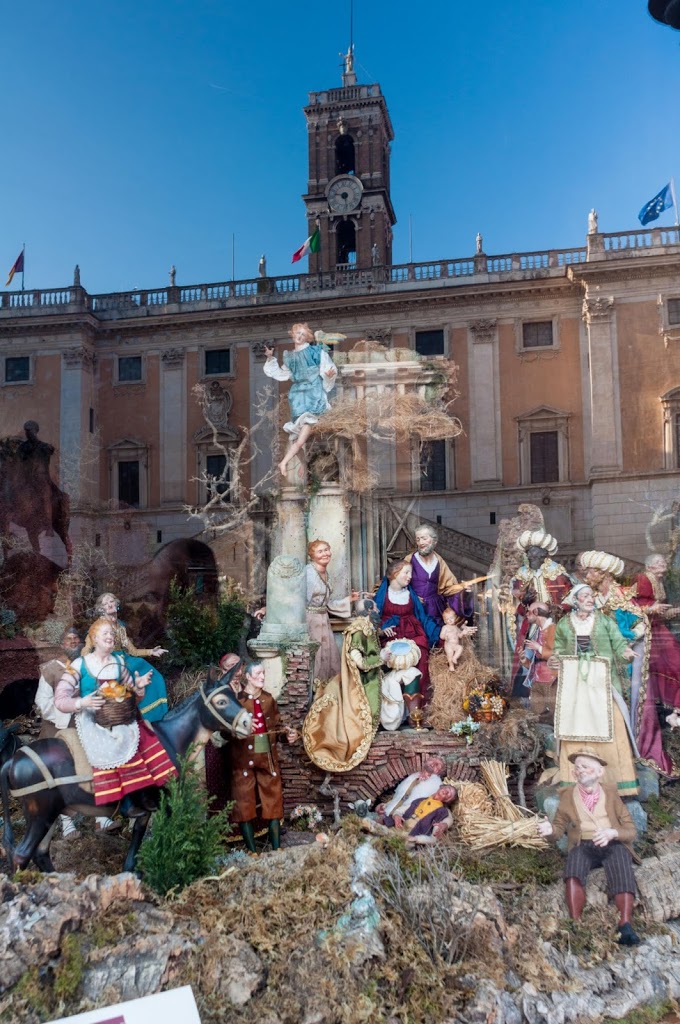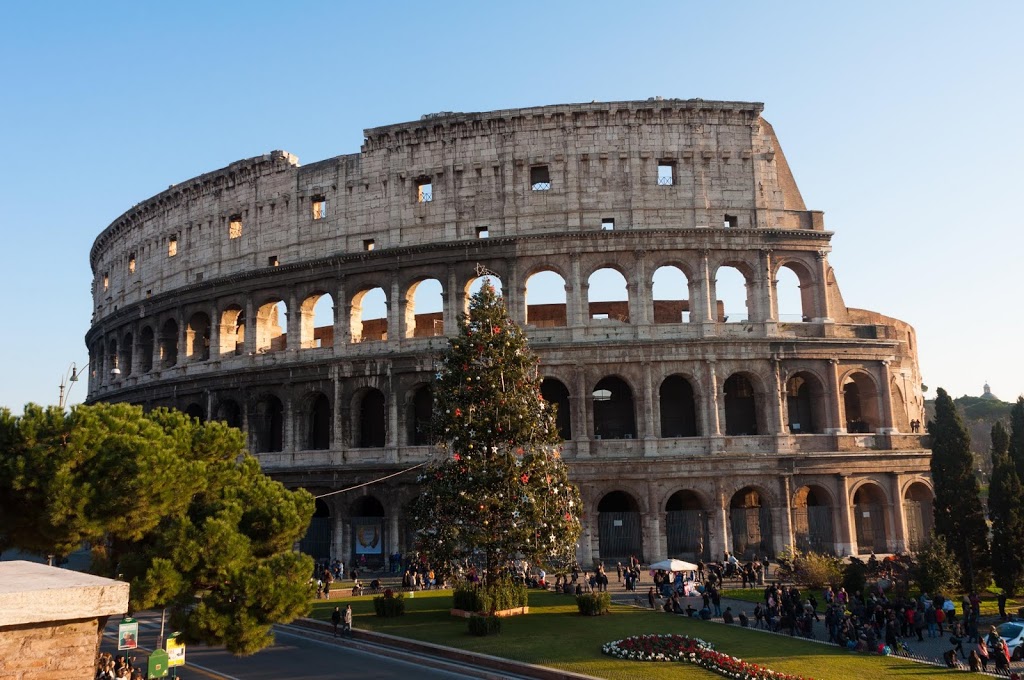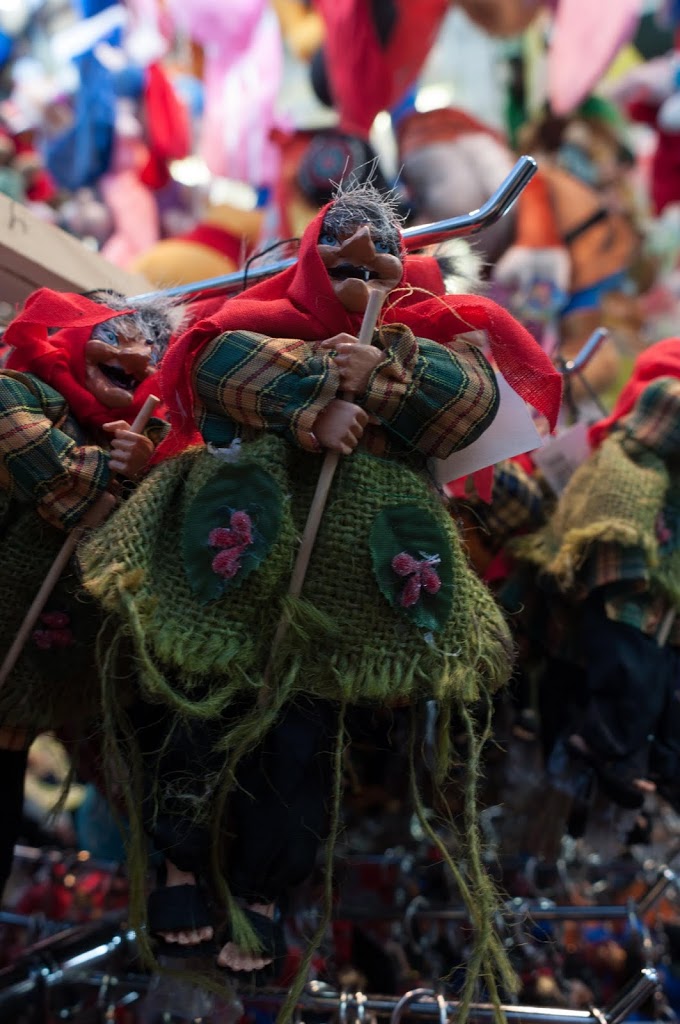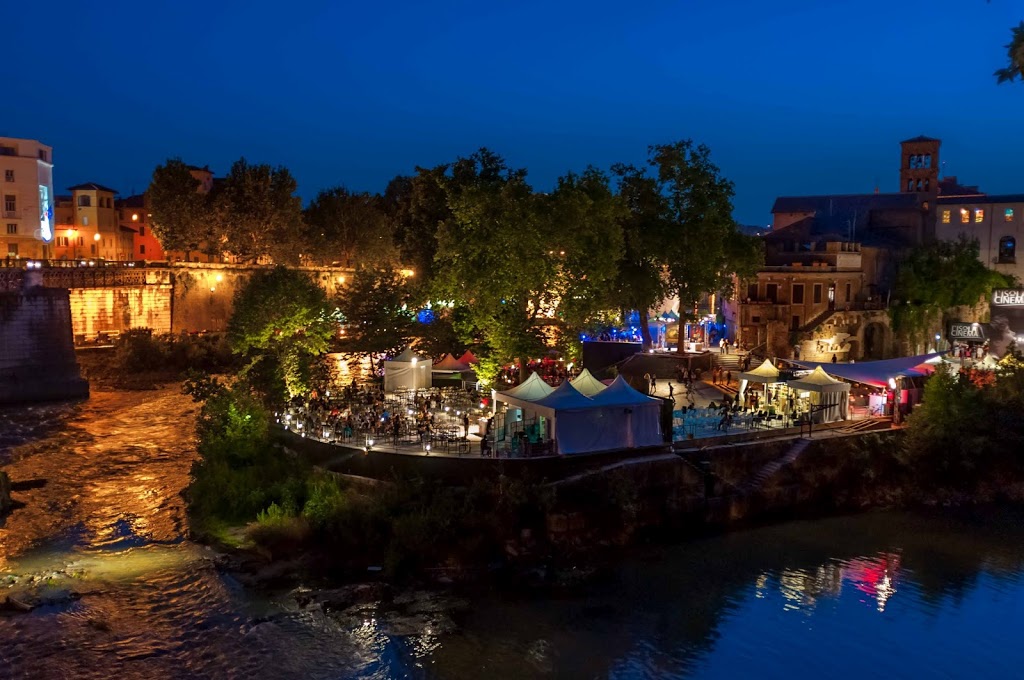My in-laws have been showing me photos of the Dolomites (a particularly beautiful part of the Italian Alps) for years, insisting that I need to go. They all went every summer from 1994 until 1999, spending half of their summer vacation in the mountains, and the other half at their beach house in Marche.
The Dolomites (or le Dolomiti) are in Northern Italy, pushed up against the Austrian boarder. They run from the regions of Trentino/Alto Adige to Veneto. For our trip, we based ourselves on the Northern edge of the Dolimites, in a suburb of Dobbiaco called Valle Silversto (Valley of Sylvester). We stayed in Residence Rogger, where we had our own adorable mini apartment with everything made of pine.
This area has strong ties to Austria, to the point where everything is written first in German and second in Italian and the locals speak German more than Italian. Dobbiaco is always accompanied by “Toblach”, Alto Adige by “Sudtirol”, and every street sign is written both ways.
Our first day we arrived around 11 AM from Emanuele and Silvia’s in Veneto. Everyone told us to take it easy at first, as your body adjusts. However Daniele’s idea of taking it easy is not the same as most people’s, so we took the hardest hike of our whole trip. We started with a nice walk around Lake Dobbiaco (Lago Dobbiaco) then went up Trail 14, which is a steep path made of loose gravel that slides underneath you at every step. Going up was exhausting and going down I fell multiple times. This hike took just over 5 hours. We then checked into our little apartment and Daniele made dinner early, as we had skipped lunch. After dinner we went into Dobbiaco center, to look around and get some bread and yogurt, but everything closes at 6:30 or 7 in this little town.
Our second day we had another hard hike. We stayed in Valley Sylvester, driving about two minutes before parking near the restaurant we would go to the next day. At first we passed houses that are small farms or small-scale working lumber yards. Then we were in the forest, which was nice and shady. For the last part, we arrived above the tree line and were in the sun. They were working on the drainage for this part of the trail, so it was mounds of freshly turned over dirt for a decent part of it. I forgot to change my shoes before leaving the house, so I got to enjoy all that dirt right between my toes. At the top, we arrived at a Lodge (Rifugio in Italian, Hutte in German). We each had a beer overlooking the view of the valley below before heading back down. We were only another “hour” away from the Austrian boarder, and I wanted to go. We didn’t because the hiking times are as the Alpini (the Italian equivalent of the US Marines) take them, more on the Alpini shortly. It started to lightly rain before we made it back to the car, but we were home in time to shower and get to the store before everything closed again.
The Alpini were originally the Italian Army Corp from the Alps. They were founded in 1872 to defend the French and Austrian boarders and are the oldest mountain infantry in the world. They are recognizable by their feathered caps. And fun fact, their motto is “Di Qui Non Si Passa!” which basically translates as “You Shall Not Pass!”
Our third day I took over planning and picked a less steep itinerary, meaning we were actually able to go farther. We started by circling Lake Braies (Lago di Braies), then heading down an easy path to a “Malga” or mountain cow farm. Most of the trails lead to either a Malga/Farm or a Rifugio/Lodge. However, many farms serve food and many lodges have a couple cows, so the distinction is just what they choose to call themselves. This Malga has lots of cute cows that came up to you looking to be pet. Later, one even started to follow us home! From here we walked along the river until we arrived at a lovely valley full of wild flowers that was not on the map. At this point, we continued to the next Malga. This next part of the trail was pretty intense and steep, but it was lovely at the top. We could have continued another piece to arrive at a mountain-top lake, but it was getting late in the day and we had a long way back, so we skipped it. At the last Malga, we made friends with another Italian family, who were waiting for the father, who had continued to the Lake alone. We chatted over lunch then walked back together.
This was our first night going out for dinner. Daniele found a delicious restaurant that was more or less someone’s house. We each had a soup, and then he had polenta with goulash probably made from a cow walking around their property that morning and I had handmade pasta with local wild mushrooms. It was really delicious, and we wanted to go back, but when we called again their were booked up for the rest of our trip.
Our fourth day we split up. I took it easy and Daniele took one of the harder trails that I would never be able to do. In Val di Landro, he went from Lake Dobbiaco to Lake Mitteralplsee to Forcella del Lago (lake mountain pass). Up steep climbs and over lots of snow. In the afternoon we went to the town of San Candido, the last city in Italy before Austria.
Our fifth day we went to the most iconic part of the Dolomites, the Three Peaks AKA “Tre Cime” AKA “Drei Zinnen”. There is a trail you can take from the bottom of the mountain, but we paid to park part way up at the first lodge, Rifugio Auronzo. From this lodge we took Trail 101 or what Daniele calls “the highway of the Dolimiti” because it is an easy trail around a famous site so it is full of people. But whether it was for foggy weather or just early in the season, we barely saw anyone until later in the day. We walked about halfway around the Three Peaks without being able to see much of them or anything in the heavy fog. We passed a small church then the next lodge, Rifugio Lavaredo. From here we planned on taking Trail 104 around an attached mountain, but got lost in the fog and ended up on the World War I Historical Trail. I liked this accidental trail because we were walking on interesting rocky terrain, rather than the normal gravel or dirt paths. We also went over the walls of the front line, saw some dug-into-the-mountain shelters, passed a few micro-lakes, and walked over lots of snow. However, this openness meant no real trail to follow and we had no idea where we were nor where the trail was for a good time. The fog didn’t help, either. We accidentally climbed a whole different mountain, but it was a nice trail, so no loss. On our way back to the main 101 Trail, we could see where the trail we originally wanted split off, and how difficult it would have been to see even in better conditions. All of the other trails here have been very well marked. Back on the Trail 101, we circled around to the other side of the Three Peaks, which as it got later, would peak out of the fog for breaf moments. The trail became crowded now, also the trail was cut from snow taller than either of us. We had lunch at the Lodge at the end of this trail, Rifugio Locatelli, then took Trail 105 to complete a full circle around the Three Peaks. This trail went all the way down into the valley, and then back up the other side. On our way down it started to rain, but we didn’t get washed away. Even after we climbed all the way back up out of the valley, there was still a while to go to get back to our starting point. Along the way, we stopped at the malga/farm there and had some hot chocolate.
For our sixth day I wanted to go to the Austrian-Italian boarder and see both countries at the same time. I was starting to feel warn out, so I didn’t want a very, very long hike and the closest trail starting point from the boarder (where we could get the car) is in Austria. So, we drove over the nonexistent border and two towns into Austria. It worked out well, since gas is taxed less and therefore much cheaper there, that paid for the trouble. We couldn’t use phone data there and we don’t speak German, but we eventually found the little farm up the windy road where we could park. The path had a nice incline, but this day we finally took the poles from the car. Everyday previously we had told ourselves that it was just a short easy hike and we didn’t need them, only to find ourselves slipping on snow or down gravel later. We walked along the cows including little family groups complete with baby calves until we got to the crossroads near the top of the mountain. From here we could go left to a lodge, or right and walk along the boarder. I picked right saying if we have time we’ll stop at the lodge on the way back. We could soon see Italy on our left, with its larger mountains beyond the town of Sesto in the valley below. The boarder had small rectangular white marble stones every so often with an “I” on the Italian side, an “O” on the Austrian side, and that the boarder was established in 1920 along the other sides of the stones. We took the path up to the top of Mt. Elmo, where there was the best view of both valleys and mountains on both our left (Italian) and right (Austrian) sides. It started to rain then, also it was very cold and windy at the top of the mountain. It was time for lunch, or at least a snack, but there was nowhere sheltered to stop nearby. We had passed a small outpost building just on the other side of the crossroads. We’ve seen several of them this week, always the same wood-cabin structure, with a locked single-room (presumably) interior, and a covered porch featuring a bench and often a table perfect for a place to eat. So we hurried there and had lunch, while the sky rained itself out. The way down was a breeze using the poles. I was even able to go faster than Daniele and I really regret not using them everyday. I could walk with that much more speed and confidence knowing I had a grip on the ground if I slipped. We each used one. I had two when we hiked the Grand Canon, and I felt pretty neutral on how helpful they were then, maybe if you had more practice and good rhythm using them. In the Grand Canyon the terrain was mostly uneven so it was difficult to keep any rhythm in your step and coordinated with your arms. We walked around the Austrian town at the base of the access road for a few minutes before heading back to Italy. There was not really anything to see there.
That night we had dinner at a restaurant in the house where composer Gustav Mahler once lived and composed some of his largest works from 1908 and 1910. It was good, but the other place was better.
Our last full day we decided to just do some local sight seeing. We dressed in regular clothes and drove to San Candido where we wanted to start with the Bagni di San Candido. These baths were the place to be for Central European nobility of the 19th century to spend their “summer thermal spa holidays” (that’s actually how the official map describes it). The baths feature several different springs each with its own list of maladies it can sure. This was supposed to be about 20-minutes off the road, but ended up being closer to 1.5-hours of mixed paths in light to heavy rain without our hiking paraphernalia. We finally arrived at the baths. There were several fountains where we sampled the healing waters. Each fountain sourced from a different spring, with its own minerals and powers indicated on the fountain. The building there looks like it was once quite impressive, but now has more bits of caved in roof than bits still holding and whole sections of the walls have fallen down. You could still see interesting balconies, and widow adornments, and the general structure. It is an interesting mix of Venice/Byzantine styles and those of Austrian/Bavarian origin, something I could say of the whole area actually, but especially prevalent in an ornate structure like this one. From the Baths, there were signs pointing to San Candido in 50-minutes the way we came or 30-minutes a different way (times being always as the Alpini walk). I insisted we try the 30-minute way, as surly there had to be a better access to such an attraction than the road we had taken. We did it in 45-minutes, including a 10-minute break under a bridge hoping the pouring rain would lighten up, it didn’t. We are always faster going down than up, but not double, so this way was shorter. We wanted to get lunch in central San Candido, but almost every place stopped serving lunch at 2 PM. A clear indication of their Austrian influence, as in Rome you can’t eat lunch before 1 PM and in no part of Italy are you expected to finish a meal in less than an hour. We found a place with a limited after-2 menu where I had some spatzle (translated into Italian as gnocchi; it was spatzle) and Daniele had some fresh fettuccine with deer meat. The town was mostly shut down for Sunday, but I found a store open that sold local things and got some souvenirs to remember our trip. We were a bit wet and tied by then, so we headed home to pack up and get ready for the early start on the road home tomorrow.
So a full week hiking the mountains, and not just any mountains, the Italian Dolomiti. It was a beautiful, fun, and very physically active vacation. I now have calves so muscular that if I pull up a pant leg, it just stays there. I hadn’t realized how nice and cool it was up in the mountains until we got back to Rome. My in-laws actually headed up there right after we got back. They took good care of our little kitty Stella while we were gone. She and I were both very happy to see each other.
Pictures of these beautiful places are here:
https://plus.google.com/photos/+KaitlynHanrahanIsidori/albums/6038295577701410033

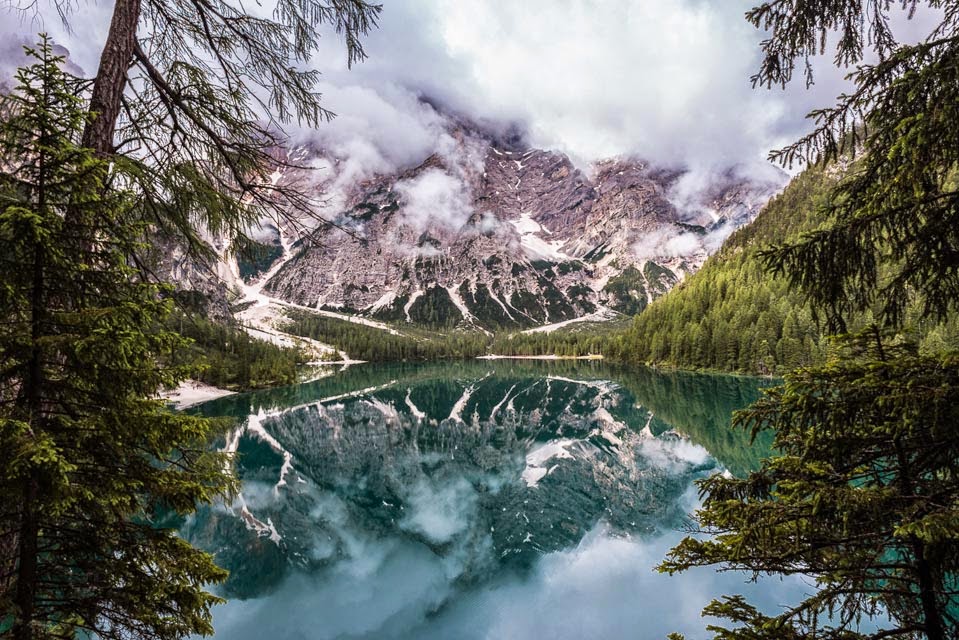








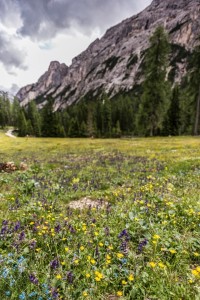













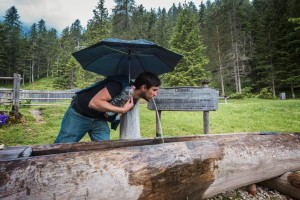

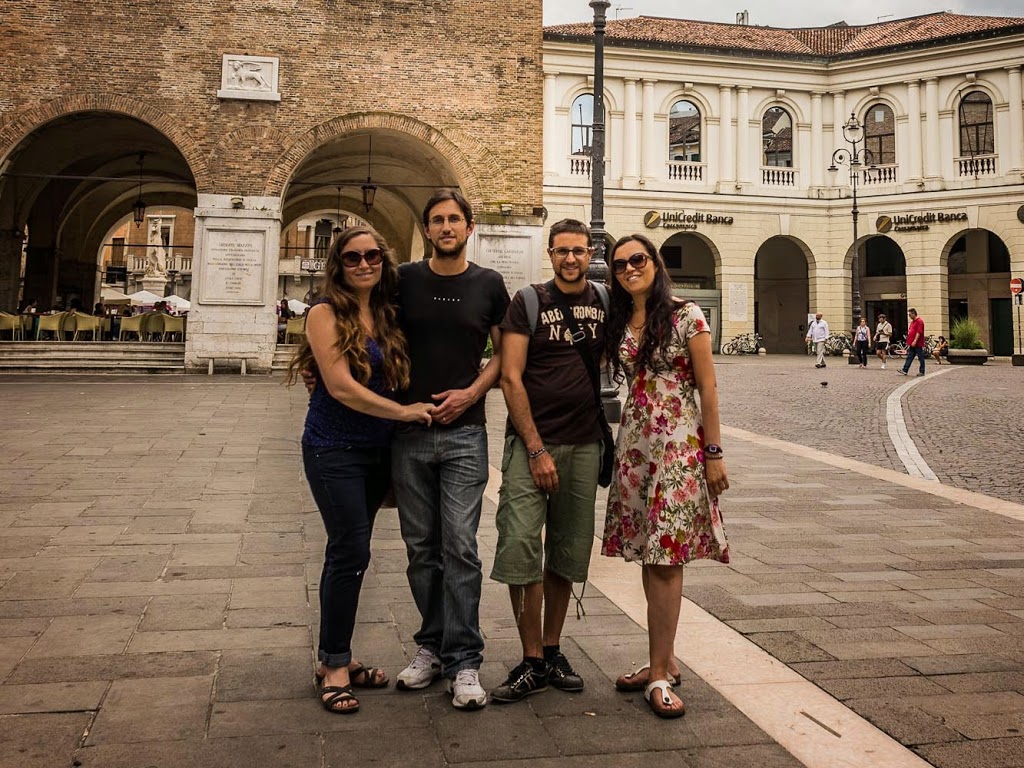
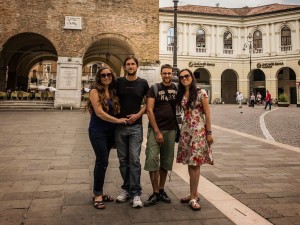
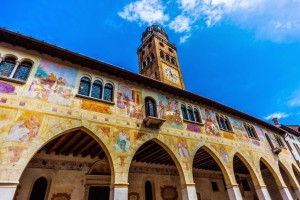
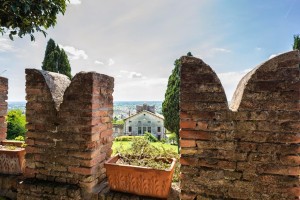

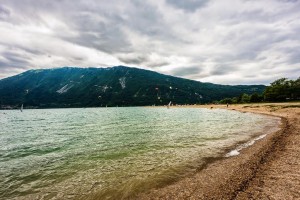
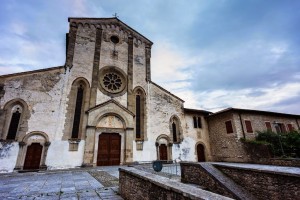
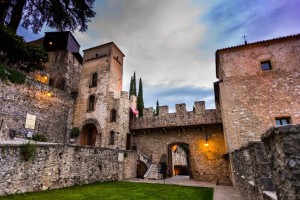

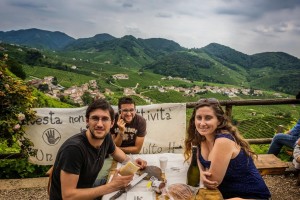
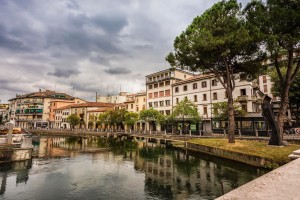

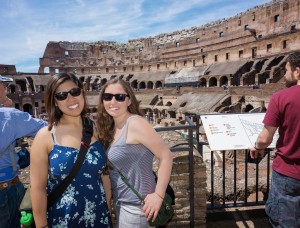





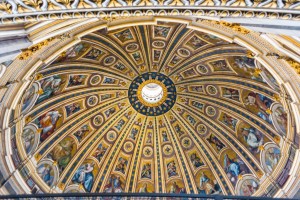 Looking up into the main dome of St. Peter’s Basilica
Looking up into the main dome of St. Peter’s Basilica



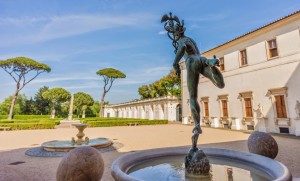

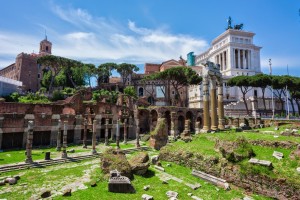
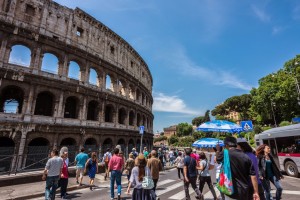
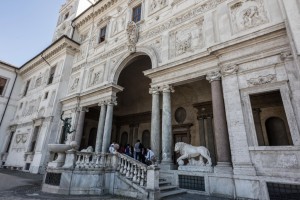

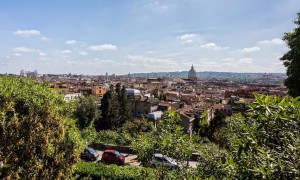








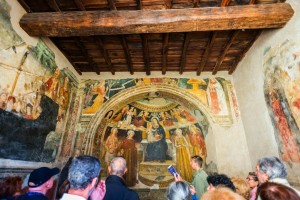





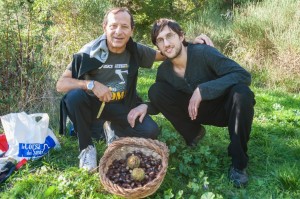

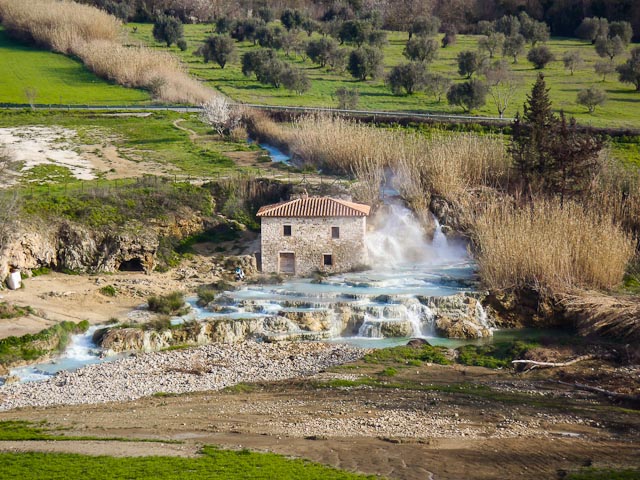
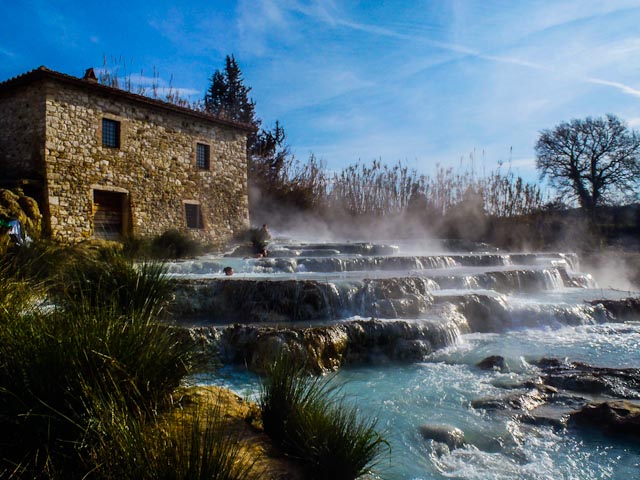

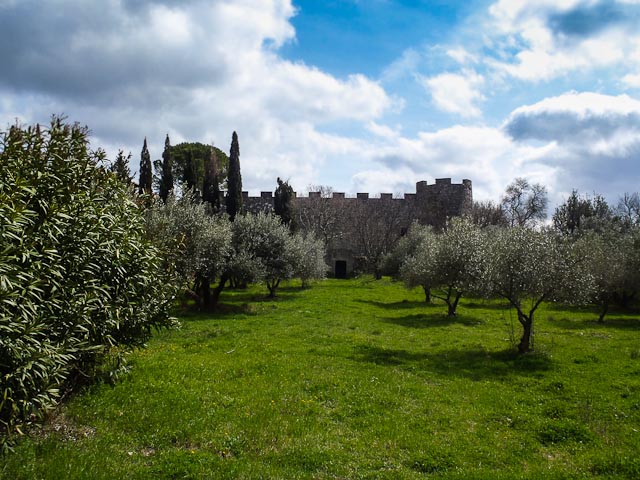
 View of private terme from center of Saturnia (Frazione di Manciano).
View of private terme from center of Saturnia (Frazione di Manciano). 